Ho Chi Minh City In order to awaken the innate swimming ability as well as help children eat well and sleep well, many parents let their children from two months old swim in hydrotherapy. Doctors recommend controlling safety.
In recent years, floating baby has become a trend that many parents are interested in. Ms. Ngan’s son, now 18 months old, has been doing floating baby therapy 1-3 times a week for over a year.
Hydrotherapy swimming is understood as letting the baby's body float on the water surface naturally, helping to awaken the innate swimming ability from the time the baby is in the womb. In addition, this also helps promote digestion, circulation and respiration. Babies from two months old can swim hydrotherapy.
The process of a hydrotherapy swimming session lasts 50-60 minutes with steps such as the staff introducing the baby, massaging, warming up, showering, dressing the baby and putting on a swimming buoy, checking the pool temperature, getting the baby used to the water and swimming, and massaging the baby underwater with hydromassage. After swimming, the baby is wiped, wrapped in a towel, and the ears, nose, eyes, and other parts of the body are cleaned. Finally, the technician will apply diaper rash cream, eucalyptus oil to the baby's legs or chest, apply moisturizer, dress the baby in new clothes, and hand the baby back to the parents.
Ms. Ngan had a hard time in the first session because her child refused to go into the water. After two sessions, the child got used to it and was excited about swimming. The child ate well, improved constipation and slept more soundly, so she decided to maintain this activity for her child as a weekly habit. The cost of Ms. Ngan's child's swimming package is 12.3 million VND for 48 sessions (256,000 VND/session).
On the contrary, Ms. Binh, 30 years old, was somewhat worried about letting her 6-month-old daughter experience this service even though her child had many positive changes after swimming.
According to Ms. Binh, the centers often advertise that the source of water used is warm, always changed and filtered through sterilization systems. However, it is difficult for parents to verify this. In addition, the baby is quite small, so she is worried that water may enter the baby's ears and nose while swimming and may cause impact if not careful.
To avoid the above problems, she often chooses reputable, clean centers with swimming services for one child per pool. At the same time, parents will be there to observe their children throughout the session while technicians bathe, check their temperature, massage, and let them swim. "Apart from the above concerns, the effectiveness of hydrotherapy in helping children eat well and sleep well is undeniable," said Ms. Binh.
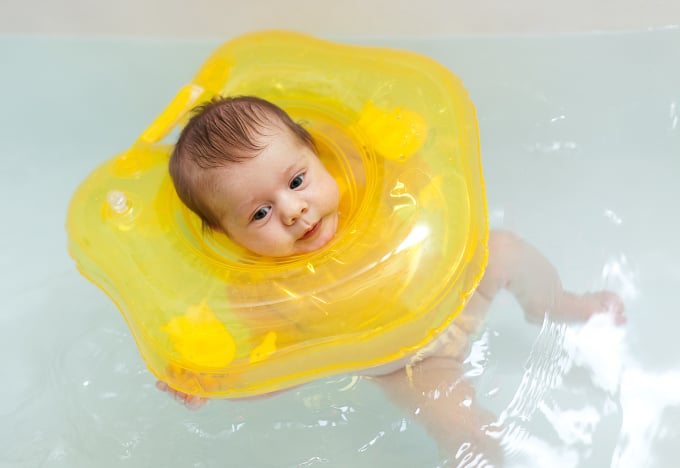
Hydrotherapy is understood as letting the child's body float naturally on the water surface, helping to awaken the innate swimming ability from when the baby is still in the womb. Photo: Freepik
Commenting on the widely advertised benefits of hydrotherapy swimming, Dr. Le Minh Lan Phuong, Head of the Examination Department, Children's Hospital 1, said that hydrotherapy swimming is quite good for babies if performed correctly. This service brings many benefits to babies such as supporting the digestive system to function well, increasing resistance, supporting the immune system, optimally developing the senses, improving the musculoskeletal system, developing the motor system, helping babies eat well, sleep deeper and reduce night crying.
"Babies wearing neck floats will be quite safe when swimming because after one month of age, children will know how to hold their necks," the doctor said.
Sharing the same opinion, Dr. Nguyen Trong Tin, Traditional Medicine Pediatric Clinic, University of Medicine and Pharmacy Hospital, Ho Chi Minh City, Campus 3, said that most animals in the mammal class are born with a natural swimming reflex. Humans, a primate, are no exception. However, through the process of physical transformation as well as environmental impact, this self-swimming reflex has degenerated, we cannot swim like other animals but are forced to learn.
According to Dr. Tin, when a newborn reaches about 6 months of age, this swimming reflex is still present, and the baby is even able to dive underwater thanks to the diving reflex. During the diving reflex, the baby's heart rate decreases, and the glottis automatically closes naturally. At that time, oxygen is conserved for the heart and brain, slowing down the onset of brain damage due to lack of oxygen. Thanks to this natural reflex, the body is temporarily protected if it falls into the water.
Understanding this natural adaptation mechanism, in some Western countries, parents often let their children come into contact with water very early. Parents often swim with their children in the bathtub or in the pool, relying on the natural reflexes when in contact with water to help their children develop physically through movement as well as develop their brains, thanks to sensory contact with the world around them.
Therefore, Dr. Tin believes that hydrotherapy swimming brings certain benefits to children's development and health. One of them is the ability to stimulate swimming reflexes, making children adapt to easily learn to swim later. In addition, the water environment in the hydrotherapy pool provides pressure and movement, stimulating the digestive, circulatory and respiratory systems of children. These areas are stimulated during swimming, creating favorable conditions for children's physical development and enhancement.
According to the American Academy of Pediatrics, swimming lessons should only begin when a child is four years old or older, as children under four are not considered developmentally ready. However, the Australian Swimming Teachers and Instructors Association recommends that children can start swimming lessons earlier.
Regarding this, Dr. Tin believes that hydrotherapy is a process in which children are first exposed to and learn to get used to water, while learning to swim is a further step when children are older.
Although early exposure to water has many benefits, there are still reports of accidents occurring during hydrotherapy swimming or drowning while learning to swim. Therefore, when applying it to reality in Vietnam, Dr. Tin recommends assessing the appropriate environment and circumstances. The younger the child, the more closely they need to be accompanied. Parents should swim with their children, have more contact and interaction with them, thereby increasing the bond and the benefits of exposure to the water environment will take effect. On the contrary, if you simply "put" the child in the pool, the above benefits will be reduced.
Dr. Phuong also noted that the temperature, water environment, and swimming time should be short, and children should gradually get used to it. Do not let children swim when full. Parents should choose reputable centers with trained staff in hydrotherapy and massage for children. Absolutely do not let children swim at home to avoid unfortunate incidents.
"In addition to hydrotherapy, infants and young children still have other methods to stimulate physical and sensory development for comprehensive maturity," said Dr. Tin.
American Italy
*Character names have been changed
Source link


![[Photo] Warm meeting between the two First Ladies of the Prime Ministers of Vietnam and Ethiopia with visually impaired students of Nguyen Dinh Chieu School](https://vstatic.vietnam.vn/vietnam/resource/IMAGE/2025/4/17/b1a43ba73eb94fea89034e458154f7ae)
![[Photo] Prime Minister Pham Minh Chinh and Ethiopian Prime Minister visit Tran Quoc Pagoda](https://vstatic.vietnam.vn/vietnam/resource/IMAGE/2025/4/17/18ba6e1e73f94a618f5b5e9c1bd364a8)
![[Photo] President Luong Cuong receives UN Deputy Secretary General Amina J.Mohammed](https://vstatic.vietnam.vn/vietnam/resource/IMAGE/2025/4/17/72781800ee294eeb8df59db53e80159f)
![[Photo] Welcoming ceremony for Chinese Defense Minister and delegation for friendship exchange](https://vstatic.vietnam.vn/vietnam/resource/IMAGE/2025/4/17/fadd533046594e5cacbb28de4c4d5655)
![[Photo] Hundred-year-old pine trees – an attractive destination for tourists in Gia Lai](https://vstatic.vietnam.vn/vietnam/resource/IMAGE/2025/4/17/25a0b7b629294f3f89350e263863d6a3)
![[Photo] President Luong Cuong receives Kenyan Defense Minister Soipan Tuya](https://vstatic.vietnam.vn/vietnam/resource/IMAGE/2025/4/17/0e7a5185e8144d73af91e67e03567f41)


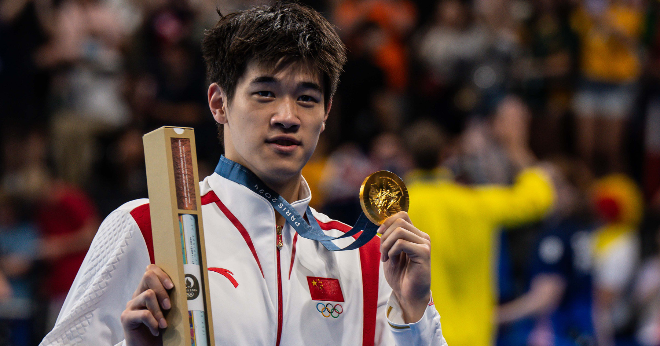

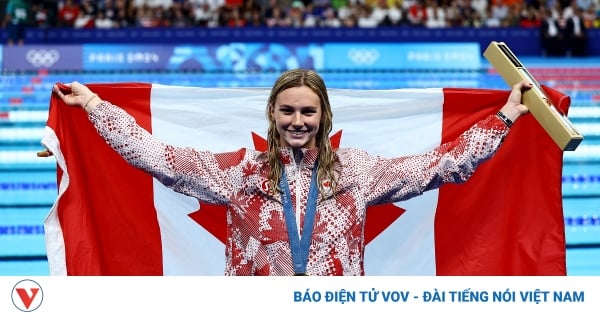




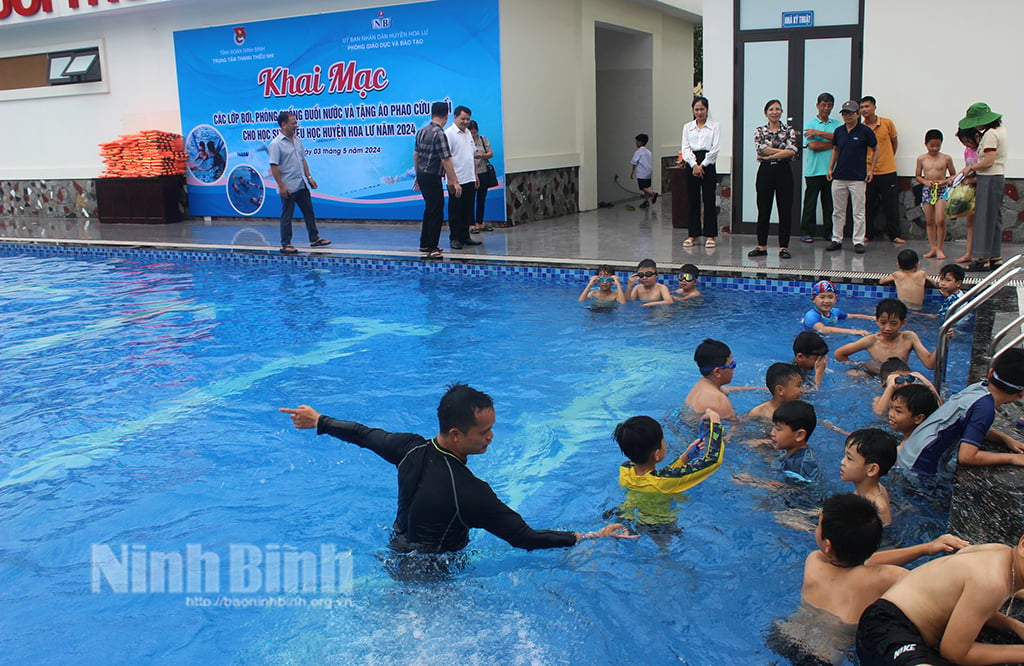



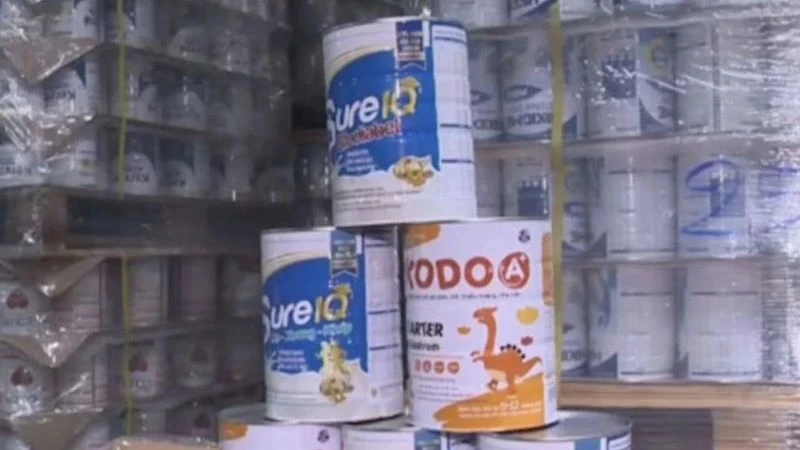
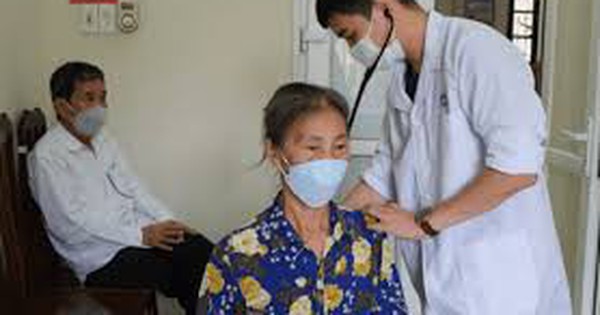
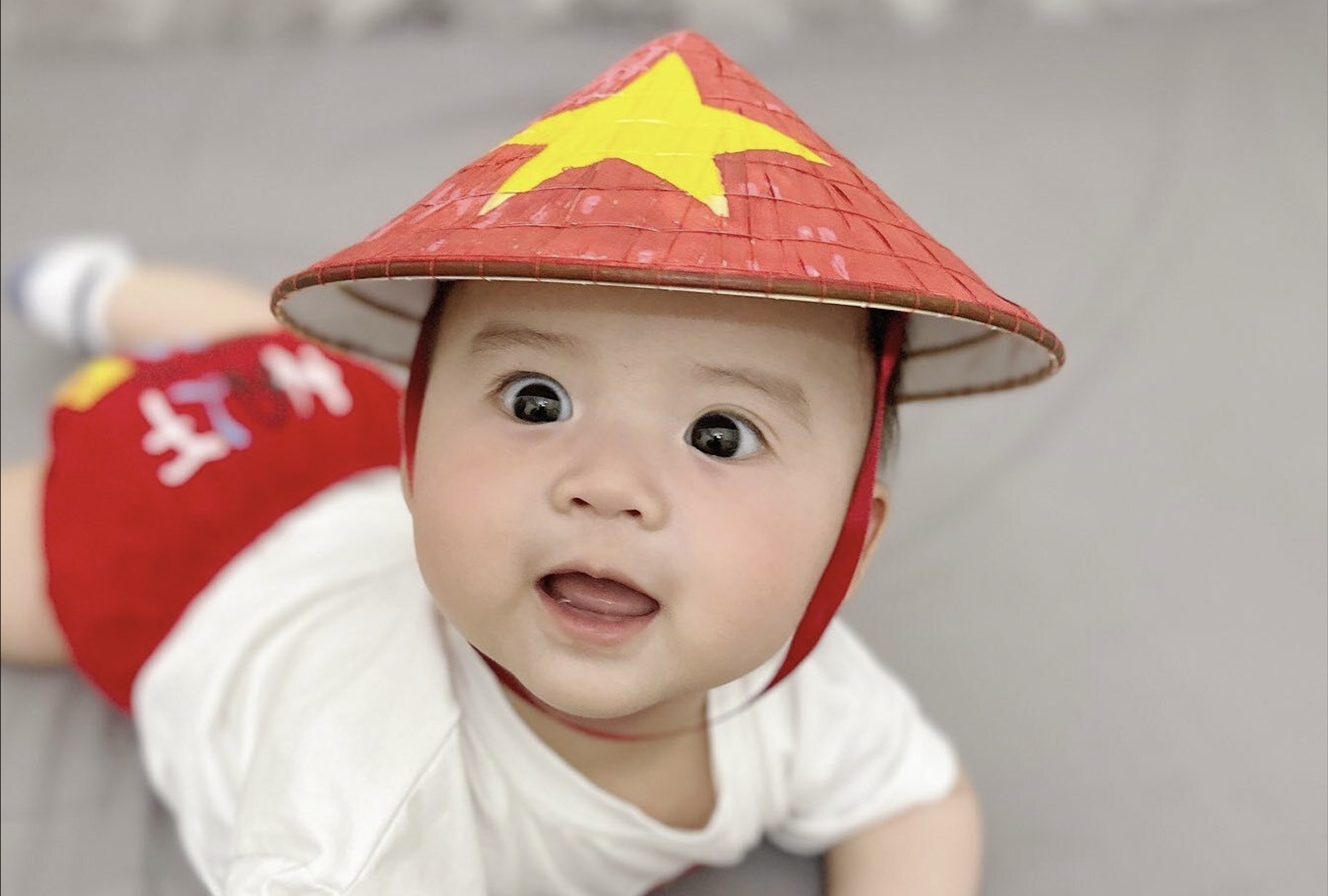











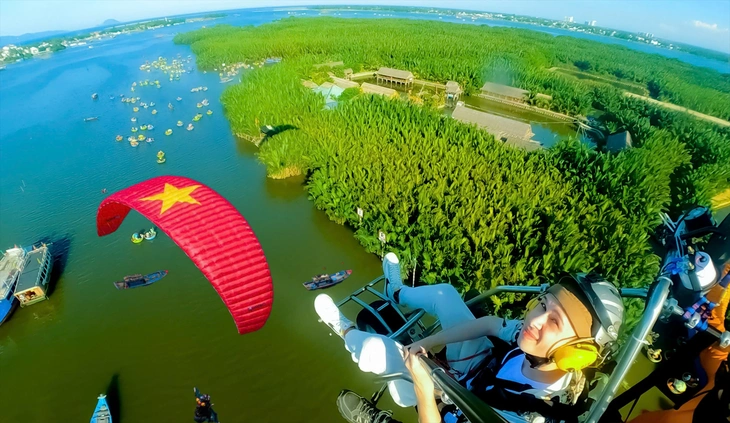



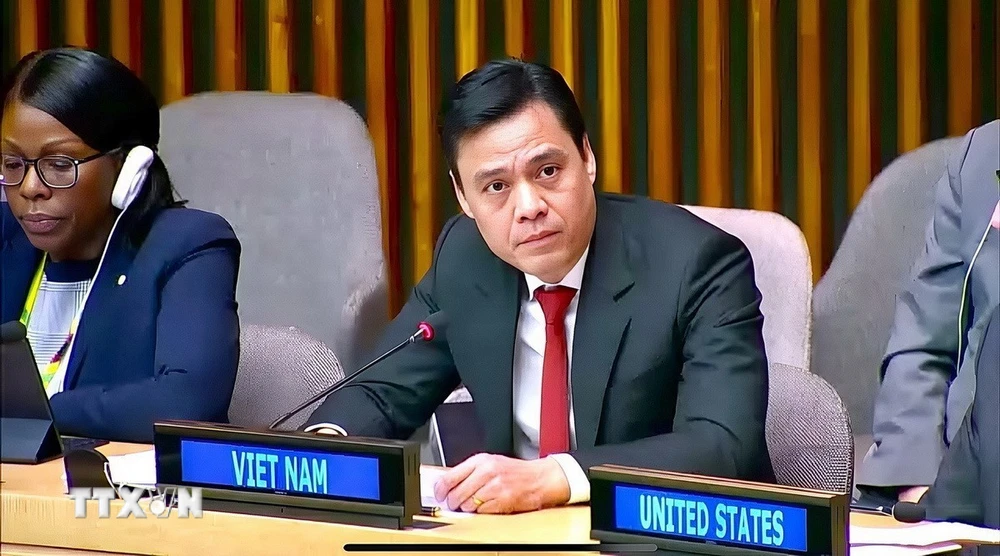
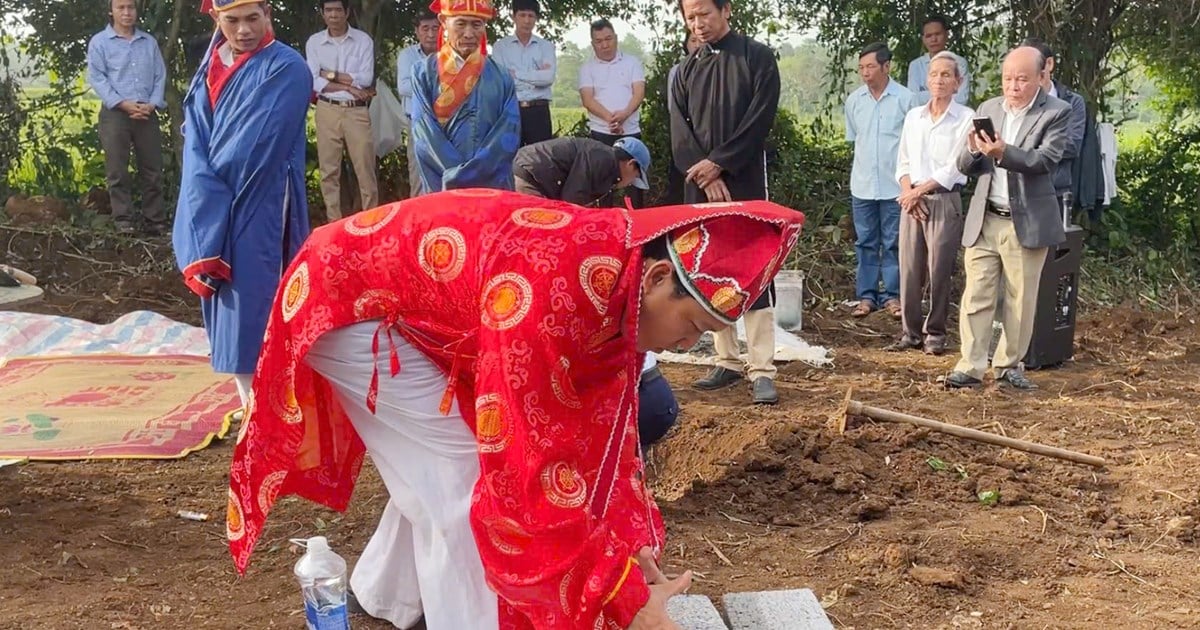


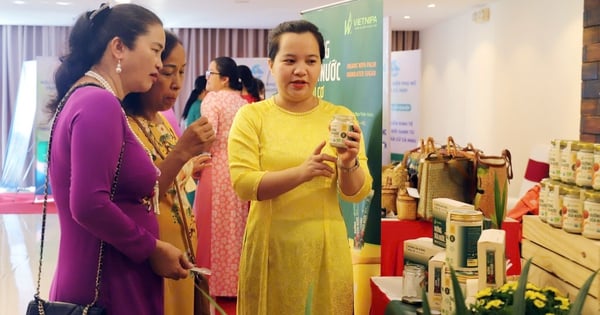







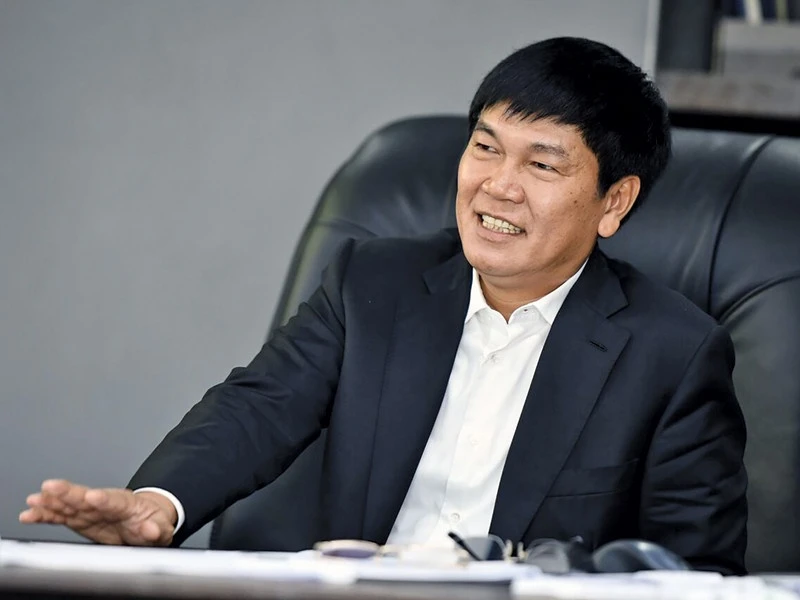

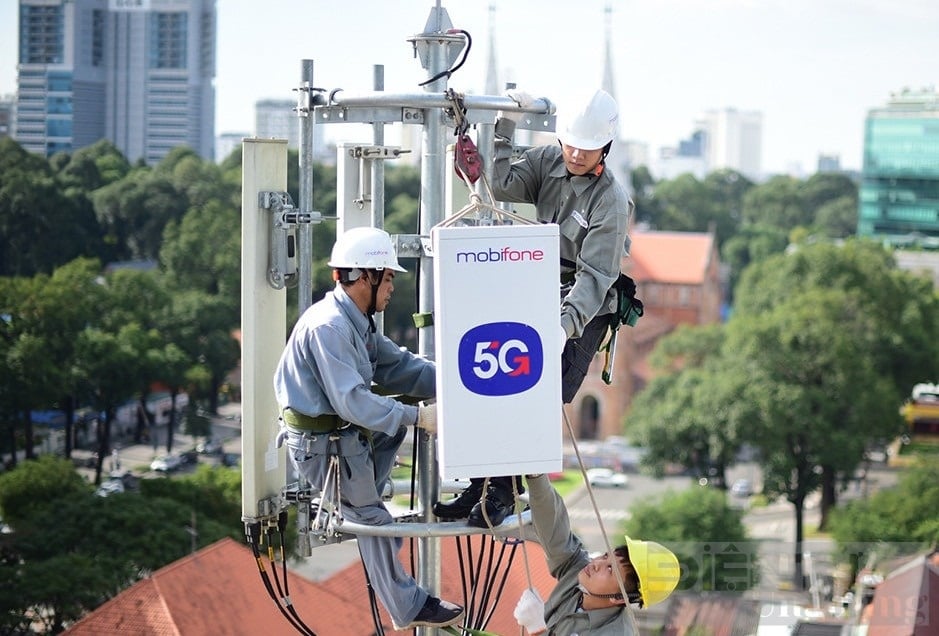





![[Video] Viettel officially puts into operation the largest submarine optical cable line in Vietnam](https://vstatic.vietnam.vn/vietnam/resource/IMAGE/2025/4/17/f19008c6010c4a538cc422cb791ca0a1)

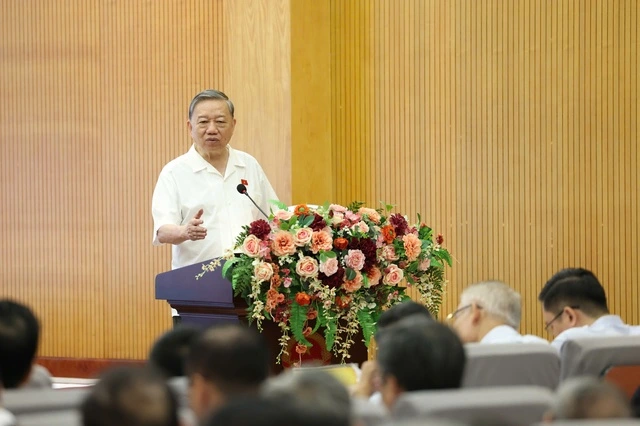

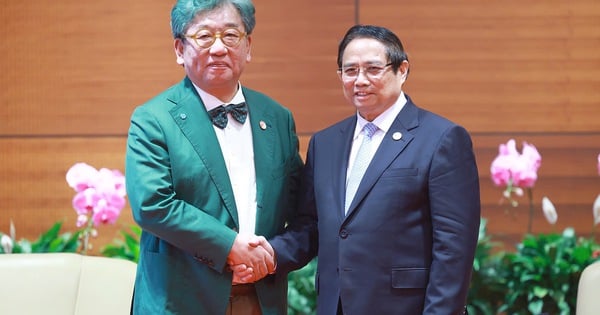

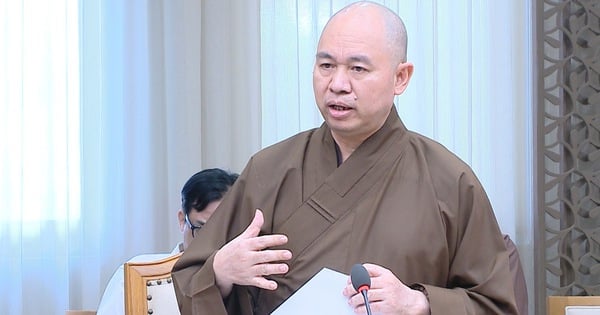



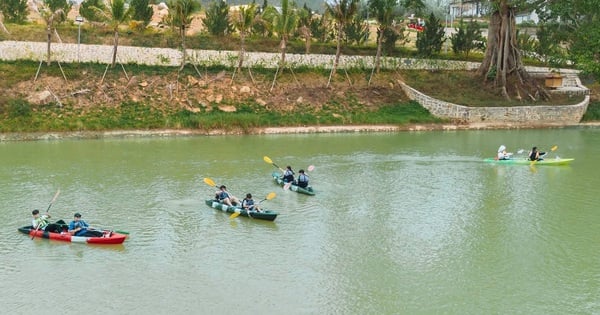






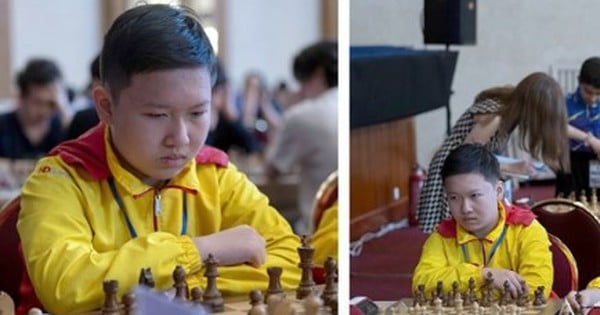



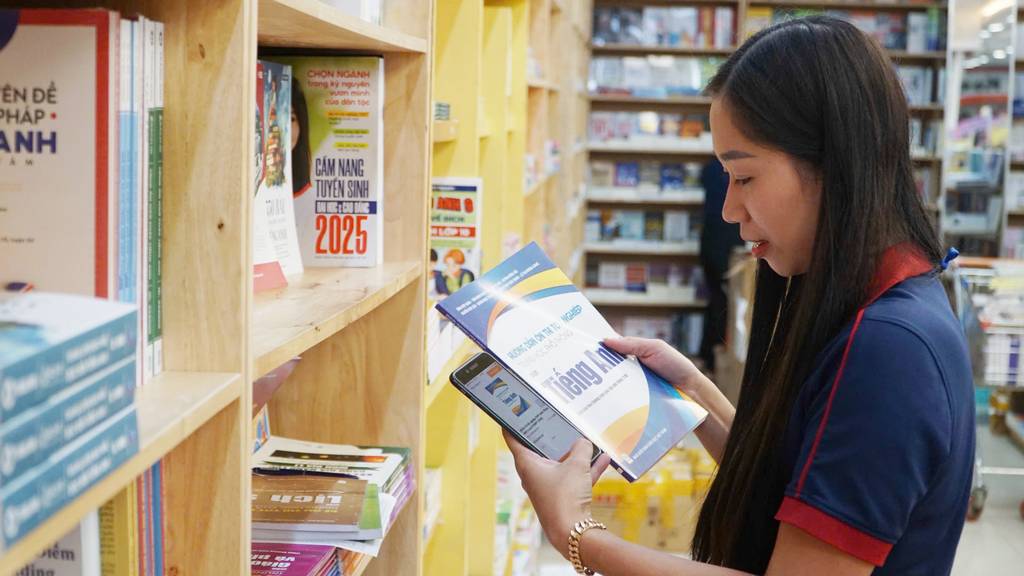


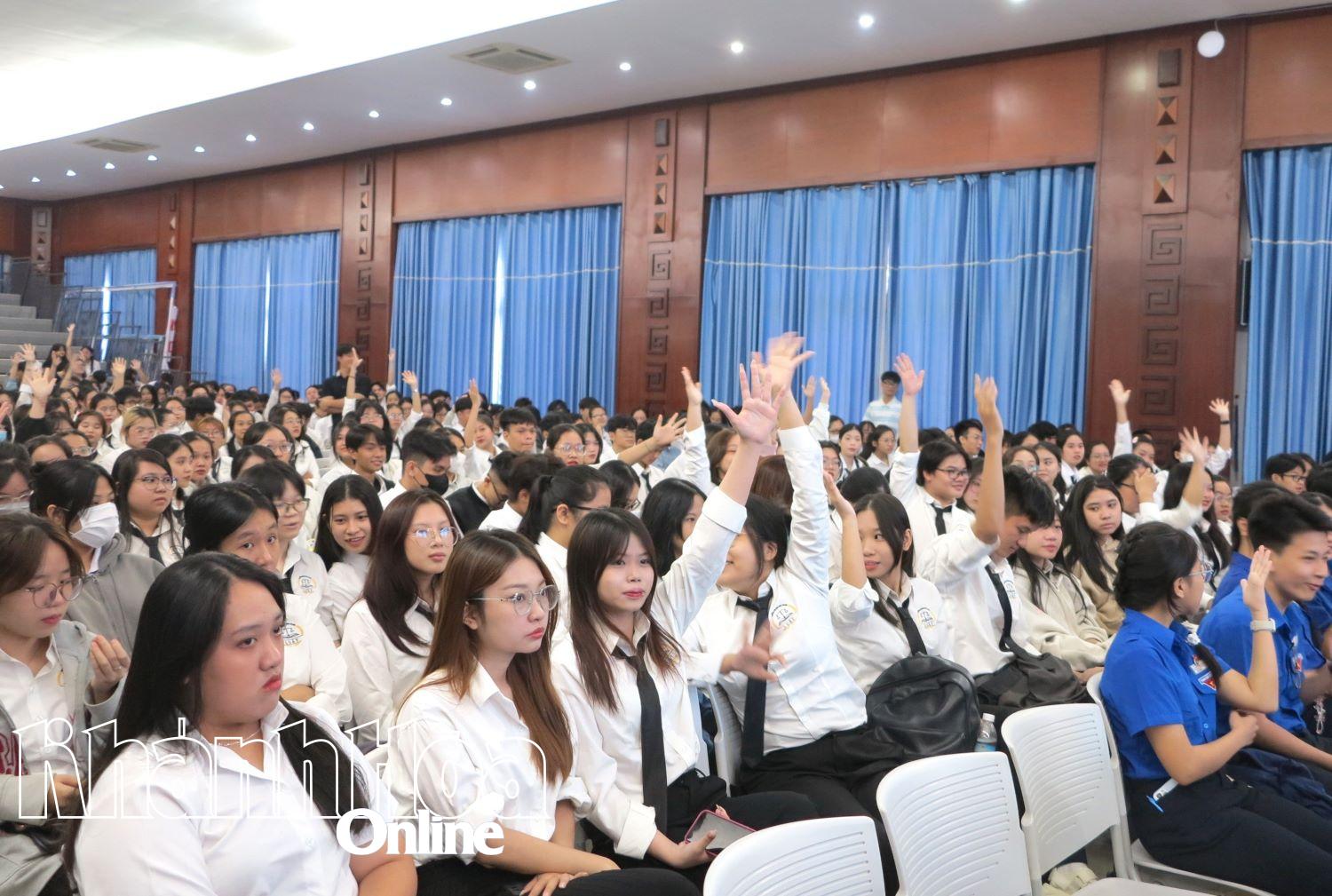







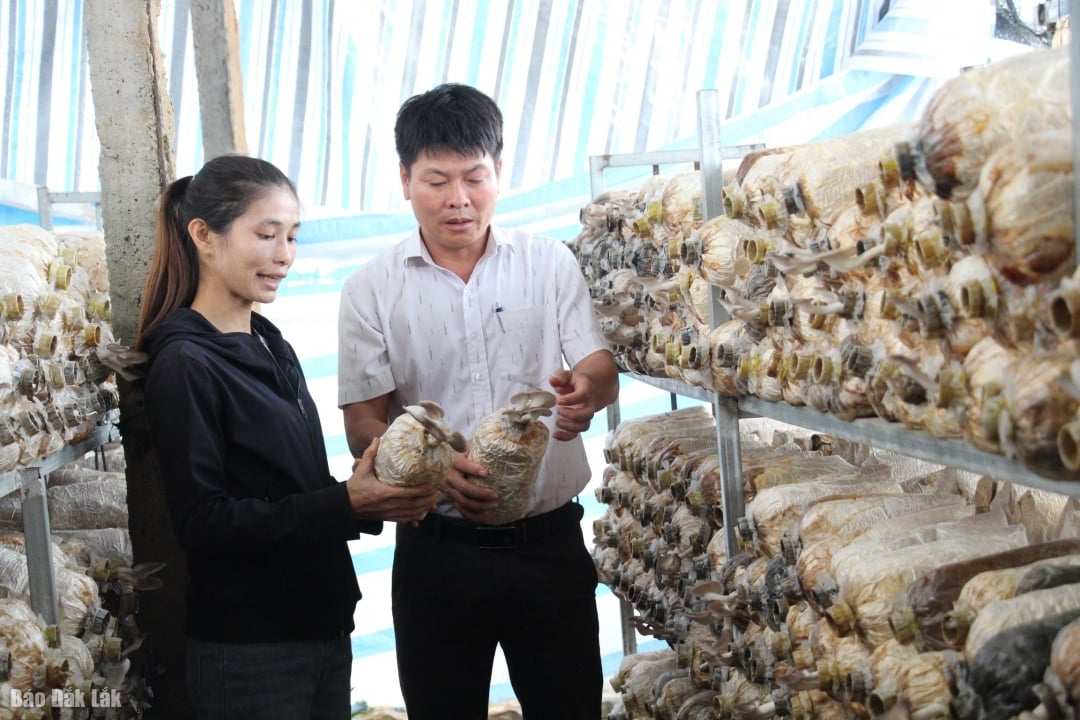

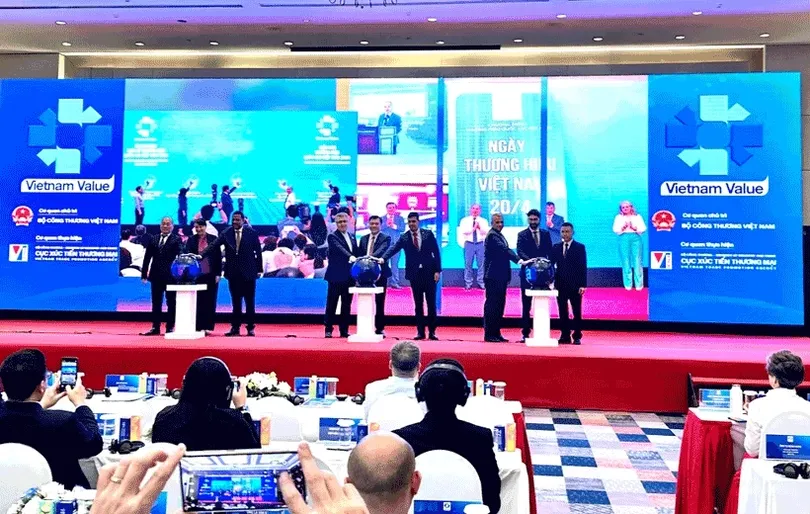

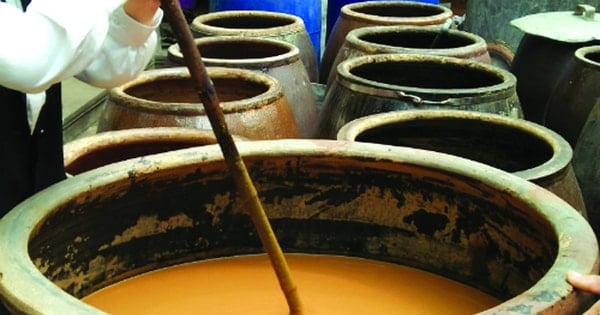

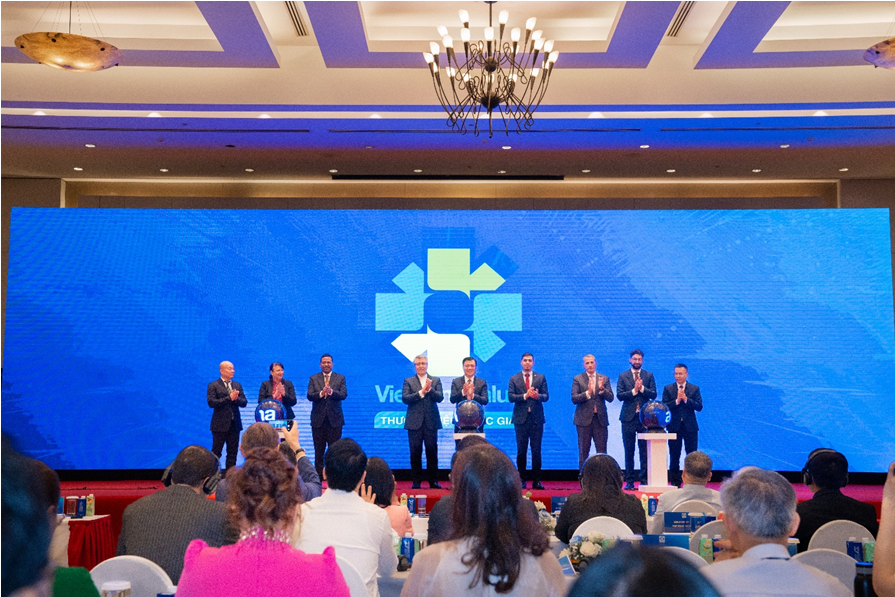
Comment (0)